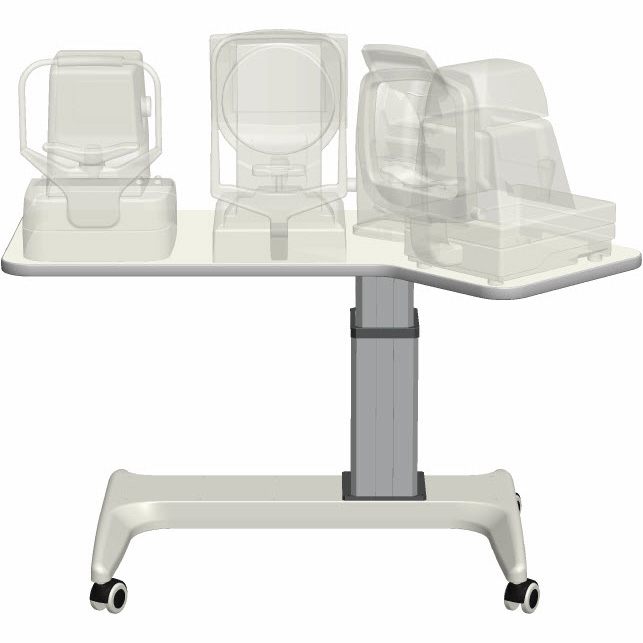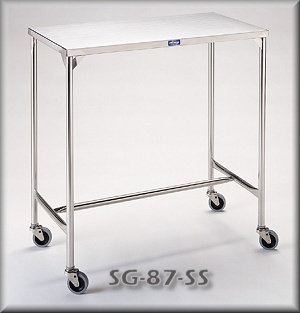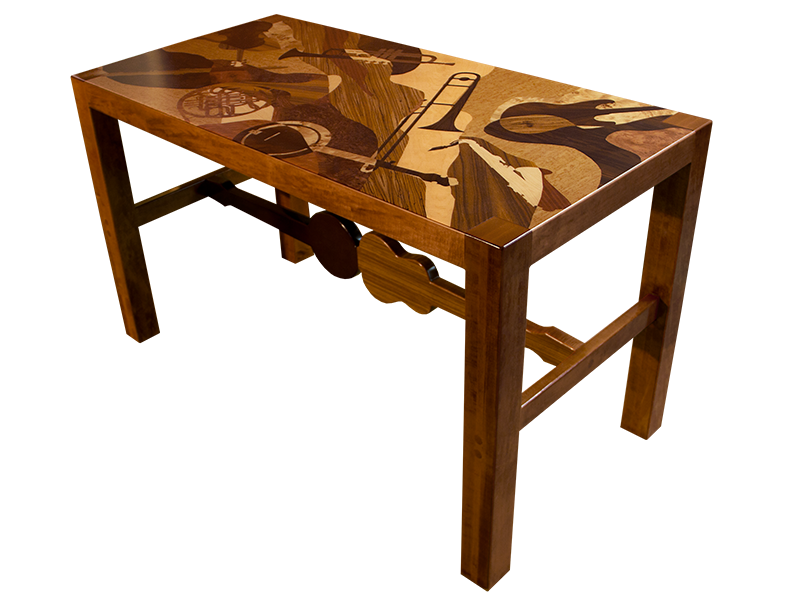

Waveform cleared one frame before next note.Ĥx: Soft restart. Low nibble (x0-xF): Wave program delay value.Ġx: Note restart type 1: Gate off three frames before next note.

Does not take any parameters.īyte C: Hardrestart type & Wave program delay value This behavior might be changed in the future.Ĩ - Stop slide or portamento. When a regular note is encountered the portamento command is shut down. Issuing the command in the same row with a note applies the portamento only Due to current implementation you must activate the portamento BEFORE Works only when the current instrumtent's wave program is now changing the waveforms. Byte A: Speed, byte B: Depth.Ħ - Set waveform. It's a 16 bit value so the whole frequency range is available.ĥ - Lowfi vibrato. Try values 2-00 32 and 2-00 43 for starters.ģ - Detune the currently playing note. This is the usual delta vibrato as found in JCH's players from 20.G4 upwards. Bytes B & C are the parameter values.Ģ - Vibrato. The first set in the Chord Tableīyte A is the command number (see below). Values 40-7F are considered negative transpose values, with 7F equaling to -1, 7E equaling to -2 etc.Ī0-AF Sets the Attack envelope value for the currently playing note.į0-FF Sets the song speed values 0 or 1 enable the swing tempo. The Chord Table is indexed, meaning that the value entered into the Command column does not directly point to the Chord Tableīut to an index which holds the beginning point of each chord program. Over any kind of wave table program except that absolute note values (80-DF) are not affected. Wave Table (meaning that the wave delay value also affects the chord) and added to the base note. The chord values are read in tandem with the Works similarily to the pulse table change.Ĩ0-9F Activates a "chord" from the Chord Table. Value from the instrument table when the next note comes up (unless the instrument doesn't define a pulse pointer).Ħ0-7F Change the filter table pointer. These are what you can enter into sequences.Ġ1-3F Execute a command from the Command Table (see below for details on possible commands.)Ĥ0-5F Changes the pulse table pointer for the currently playing note.

This is important to know because you might else get unwanted testtunes included with your exported sid. Packer considers a subtune "unused" if all voices have a single trackvalue of A000 in the tracklist. When your composition is finished, you can start splitting sequences up This way you'll have much easier time editing the tune. Of data (for instance making several 64 row sequences of a bassline with only minor changes). Somewhat related to above - when you start a tune, keep the lengths of your voices aligned, if possible, even if it means you'll be repeating a lot You should only wrap back to position where tracks are aligned. The above applies also to when setting a wrap point (the purple bar, Ctrl-Backspace). I'm not planning to do much about it soon. Most JCH-styled editors actually have the same problem, and it's relatively easy to correct by the user so I realize the occasional need for resetting could be considered a design flaw.

F1 and mark setting behavior is due to improve in some future version. If you get yourself into this state, the sequencer can always be reset with Ctrl-L which should restore correct alignment.į3 should work without problems since you can start playback with it from any position, so it's advisable to use it. Otherwise the editor will misalign the tracks when starting playback with F1. Make sure you set the playback mark (the blue bar, set with Backspace) on a location where the tracks are aligned - starting at the same row. Use subtunes for developing different parts of the tune and combine them to a finished piece in a single tune in the end. You can use it too if you insist but it's bound to cause some headache. Keep sequence 00 empty as it's currently reserved to be used as a dummy sequence.


 0 kommentar(er)
0 kommentar(er)
